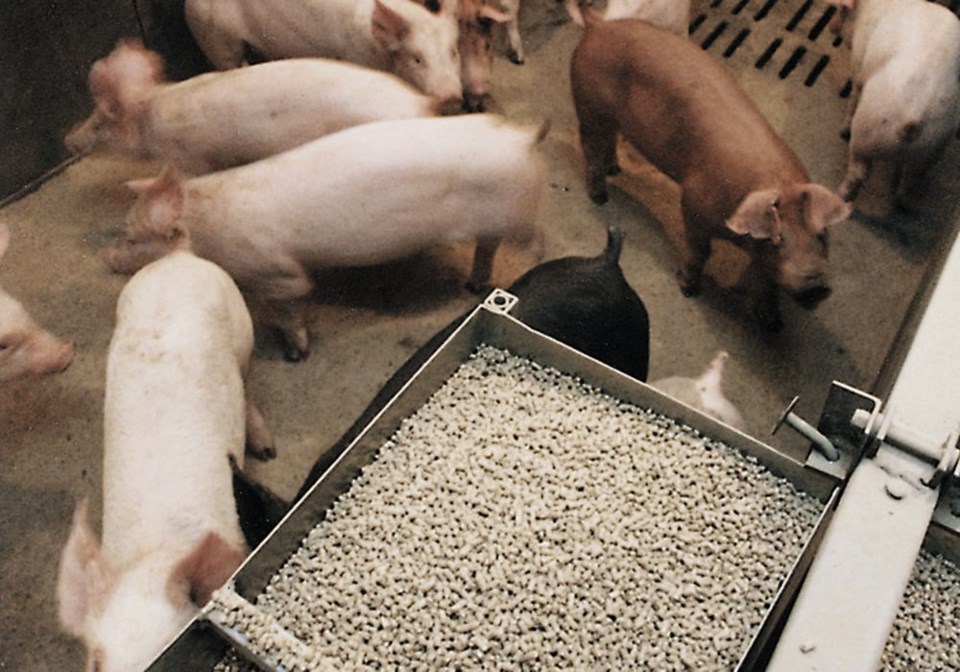WESTERN PRODUCER — It’s hard to fix a problem that people don’t realize, or admit, is happening.
That’s something the developers of a feed pipe monitoring system realized when they examined data from hog barns they worked with.
Hog feeder barns were having many feed supply breakdowns and nobody realized how much production was probably С����Ƶ thrown away.
“I think it’s a mental barrier of people not wanting to think about how many times pigs are left without feed,” said Casey Forsyth, founder of FeedFlo.
The situation can be worsened if people have become accustomed to feed outages and just accept their occasional occurrence.
However, going without feed could have both long-term and short-term effects for pigs, so they should be avoided, Forsyth believes.
The good news is that few feed system breakdowns are difficult to fix.
“Eighty percent of the reasons pigs go out of feed can be fixed within five minutes,” said Forsyth, whose company’s system relies upon lasers and metal detectors to measure in real time how much feed is flowing through a pipe.
However, if barn staff don’t realize that feed has stopped flowing, they can’t fix the situation. If a breakdown happens on a weekend, or a long weekend, the pigs could be left without feed for an extended period.
“It’s always a number of mistakes С����Ƶ made,” said Forsyth, who has analyzed feed supply breakdowns.
In one situation Forsyth looked at, pigs went without feed over a long weekend because the two guys sharing the responsibility of checking the barns thought it was the other guy’s turn that weekend.
What is the impact of feed outages? Forsyth said producers should measure that to determine how important the problem is to control. Some like to believe that outages don’t have a big impact, but “you need more feed to make more pig.”
Measuring feed flow more effectively could reveal a lot about feed impacts. That’s something Forsyth hopes his system can help address.
Bookmark SASKTODAY.ca, Saskatchewan's home page, at this link.




